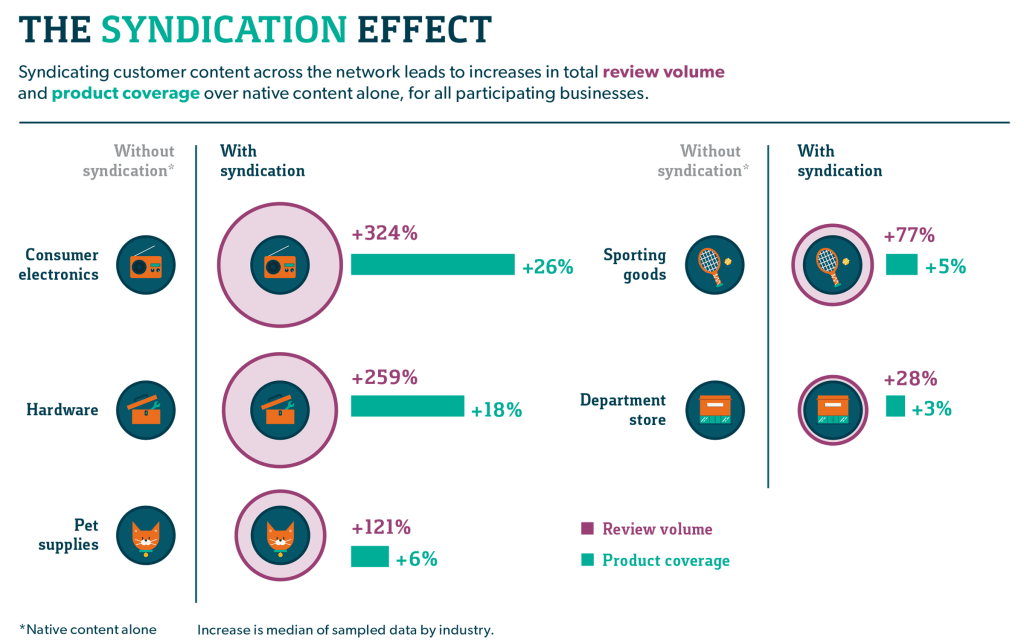What is content syndication?
Content syndication is when web-based content is re-published by a third-party website. Any kind of digital content can be syndicated, including blog posts, articles, infographics, videos and more. Think of it as a kind of barter arrangement. The third-party website gets free, relevant content. The content creator gets free exposure and publicity, and backlinks to their own website, which in turn boosts their organic traffic.
Syndication in the media industry is not new. Before the internet, newspapers and magazines with large circulation and readership sometimes printed syndicated content provided by smaller publications and freelance writers. Both benefitted. The small player got to reach a much wider audience and hopefully attain a measure of fame; the large publication got more content – without having to invest resources in creating it.
Recycling is all the rage. Why should content be any different?
In the age of the internet, it’s much the same story. You can ‘recycle’ your online content by syndicating it. And if it’s done well, syndication can go a long way to promoting your content online, driving traffic to your website, reaching a wider audience, and hopefully turning some of them into conversions. In fact, according to a 2017 survey by Salesbox, 65% of B2B marketers use content syndication as a core lead generation tactic.
Here’s how it works:

- Image credit: Izooto
What does content syndication have to do with SEO?
Syndicated content is duplicated content. And this can wreak havoc with your SEO.
When ranking for SEO, Google doesn’t like multiple versions of the same content. It will only index one, and it is more likely to choose the version that appears on a larger, high-traffic website. For the typical content creator, that would be the third-party website.
There’s no point in gaining exposure by syndicating content, only to lose it in reduced organic traffic to your website.
No need to panic though – you can make your syndicated content SEO-friendly by ensuring it is indexed correctly, on your site and on your syndication partner’s site.
3 Tips for Great Content Syndication
- Find relevant partners
If you’re going to re-publish your content, make sure it is featured on popular, high ranking websites that reach your target audience. Research potential syndication partners, and reach out to them. If your content is a good match, they are likely to be interested.
- Work out the best way to syndicate
Sometimes, it’s best to syndicate an entire article or blog post to a third-party website. Other times, it’s better to syndicate just the headline with a link back to your website. It all depends on the website, the audience, and the type of content. Wherever possible and appropriate, include links to your landing page or website, and – even better – a call to action to encourage conversions.
- Plan ahead
Like all marketing activities, content syndication will be most effective if you’re working with a solid strategy. A good strategy begins with great content. Next, define your business goals, identify suitable syndication partners, create winning pitches, and map out your short and long-term content syndication plan. Happy syndicating!